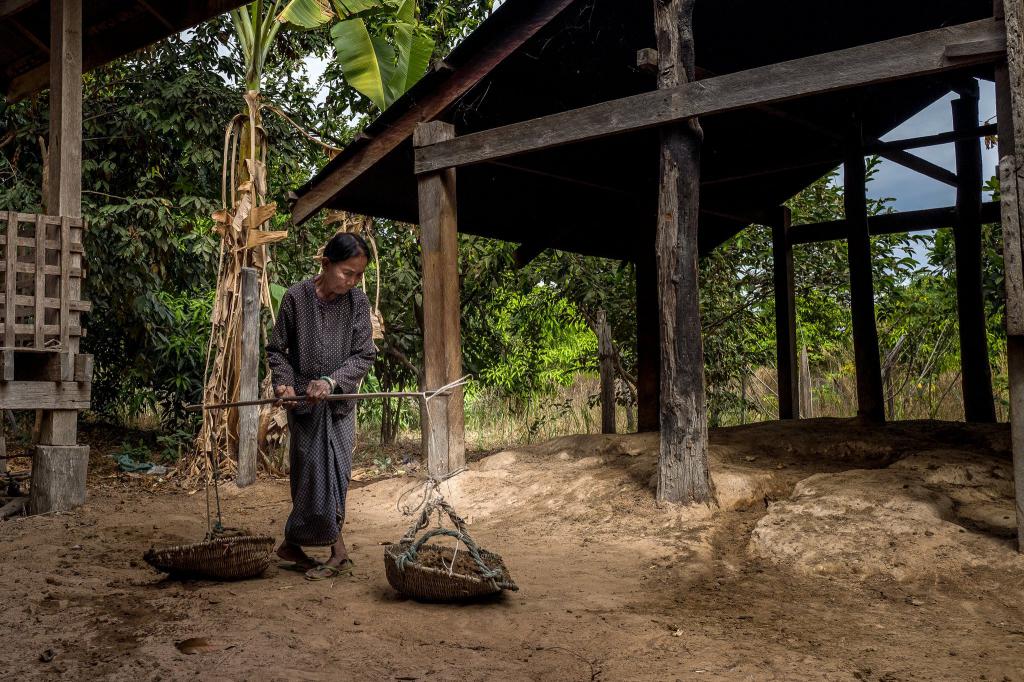Human cynicism has no limits. One of the last forces is trying to take another breath, desperately clinging to life, and someone commits crimes against life without any remorse. Of course, you can talk for a long time about where the world is heading, but it was, is and will be. Some people value life, while others are ready to commit terrible crimes in pursuit of their goals.
Values
In almost all epochs of the development of the state, life and health of people were especially strictly guarded, sometimes this was done with the help of repressive measures. But be that as it may, life and health are absolute values inseparable from human existence.
For the first time, a ban on murder was voiced in the Old Testament. “Do not kill!” - this commandment was fully embodied in the Sermon on the Mount of Christ and entered the list of basic religious tenets. The human right to life has never been called into question. These traditions are maintained in modern legislation, where severe sanctions are applied for crimes against life. The second article of the Constitution of the Russian Federation states the following: "Human rights and freedoms are the highest value."

In modern society, the state gives a person a high priority among other elements of criminal law protection, as well as his life and health.
The concepts
According to the norms of the Criminal Code of the Russian Federation, under crimes against life and health it is customary to understand actions aimed at taking a person’s life or causing damage to his health.
There are many interpretations of the concept of “life” in the literature, if we summarize all these terms, we can say that life is a kind of way of existence of matter, which occurs in the process of high molecular weight compounds and is characterized by dynamic structures, exchange functions, and self-regulation processes. Also, these matters can self-repair and accumulate information.
If we understand life in the proposed aspect, then we can determine at the legal level the responsibility for its deprivation, since there are clearly defined frameworks for the beginning and end of life.
As for health, this concept is more difficult to define. It is impossible to give an accurate description of this term, since there are many fluctuations that characterize vital signs. From the point of view of medicine, everything is simple: there is such a term as an “almost healthy person”, that is, an individual whose body functionality does not deviate from the established norm, and if there are any deviations, they do not affect the general well-being and performance. It is within these boundaries that criminal liability should be understood.
Corpus delicti
The Criminal Code describes two types of crimes:
- against life;
- against health.

These global types of crimes can be combined in three main ways:
- Actions encroaching on life.
- Actions that are harmful to health.
- Crimes that threaten life and health.
Murder
Regardless of the form, cause and purpose, a crime against life carries a simple and capacious designation - murder. In the field of legal relations, these crimes can take various forms. Types of crimes against life, in addition to simple murder, are as follows:
- The murder of the child by the mother.
- Crime committed in a state of passion.
- The murder that occurred when the self-defense measures or the boundaries of official duties were exceeded.
- Kill by negligence.
- Bringing to suicide.
Violence
Crime against human life is an action that is expressed in physical or psychological violence. By physical violence is meant such an effect on the body that violates its anatomical integrity and the normal functioning of organs, after which death occurs. The methods of this effect are different: a shot, a knife wound, poisoning, burning, electric shock, radiation, infection, etc.

Crimes against life can also be psychological in nature. You can talk about him when the suspect knew about the painful condition of the victim, but used psycho-traumatic factors. For example, intimidating, threatening or blackmailing.
You can kill, not only by performing certain actions. Sometimes a person dies from the inaction of another. The perpetrator may be charged if:
- The subject has a duty to protect the life of the victim.
- Subject was able to prevent death.
- The culprit has duties to protect life, has the ability to prevent death, but does not.
In order to realize the full characterization of crimes against life committed by inaction, we can cite such an example as the mother's unfulfilled responsibilities for feeding and protecting the child.
It is also worth considering a category such as non-death in the presence of malicious intent, this is called an attempted murder.
Qualification
Among all types of killings, those that have qualifying attributes are considered the most dangerous. Here is a list of them:
- The killing of two or more persons. You can talk about him when a deliberate crime of several people was committed, and the offender was not convicted of any of them before.
- The crime that occurred during the victim's performance of official activity or provoked by it. This type of murder has three categories: murder, when the victim was on duty; murder in order to prevent such behavior in the future; revenge killing.
- The killing of a minor or other person who is in a helpless state, and the perpetrator knows about it.
- The killing of a pregnant woman.
- Particularly brutal murder. One can speak of special cruelty when a victim before death was tortured, tortured or inflicted special suffering.
- Murder committed in a generally dangerous way. That is, when, for the sake of killing one person, a situation was created that posed a danger to an indefinitely wide circle of people.
- Blood feud.
- Gang killing.
- Deprivation of a person’s life from selfish motives.
- Crime committed by hooligans, a priori not fulfilling the rules and norms of the social system, from hooligan motives.
- Taking a life to hide another crime.
- Murder due to hatred of a social group.
- Deprivation of life in order to use the organs and tissues of the slain.

In addition to qualifications, there are privileged offenses. These include the killing by a mother of a child, a crime committed in the state of passion, and murder, which occurred due to the excess of self-defense or official powers.
Health
The second group of crimes against life and health is divided into the following categories:
- Damage to health.
- Causing moderate injuries.
- Damage in a state of passion.
- Serious injury during self-defense or during the detention of criminals.
- Causing minor harm to health intentionally.
- Beatings.
- Damage to health through negligence.
- Torture.

Impact characterization
The Criminal Code contains specific characteristics of crimes against human life and health. What the first ends with, of course, is death, but harm to health can have many different outcomes.
So, we can talk about the intentional infliction of grievous bodily harm if:
- Damage caused is life threatening.
- The harm is not life-threatening, but refers to that because of the consequences. For example, loss of vision, speech, etc.
If we talk about causing moderate damage, then we can say that the damage caused is not life threatening, but can cause a long-term loss of performance. By long-term disability it is customary to understand a violation of the normal functionality of the body, which lasts more than three weeks (over 21 days).
The heat of passion
As for crimes committed in the state of affect, this is a very complicated design to understand, since you have to track casual-investigative relationships between the behavior of the victim and the moment the guilty state of affect occurs. You need to understand whether it was really an affective state. That is, when the perpetrator understands what he is doing, but cannot stop. The subject completely loses volitional control over his own actions.

Third group
In the general characterization of crimes against life and health, a mixed category cannot be ignored, which threatens both. These are such criminal offenses as:
- Serious bodily injury and / or death threat.
- Forced removal of organs and tissues for further transplantation.
- HIV infection.
- Unauthorized abortion.
- Ignoring a patient who needs help.
- Deliberate abandonment of a person in a life-threatening situation.

Human cynicism has no boundaries, and this can be seen by how many varieties of crimes against human life and health exist.
